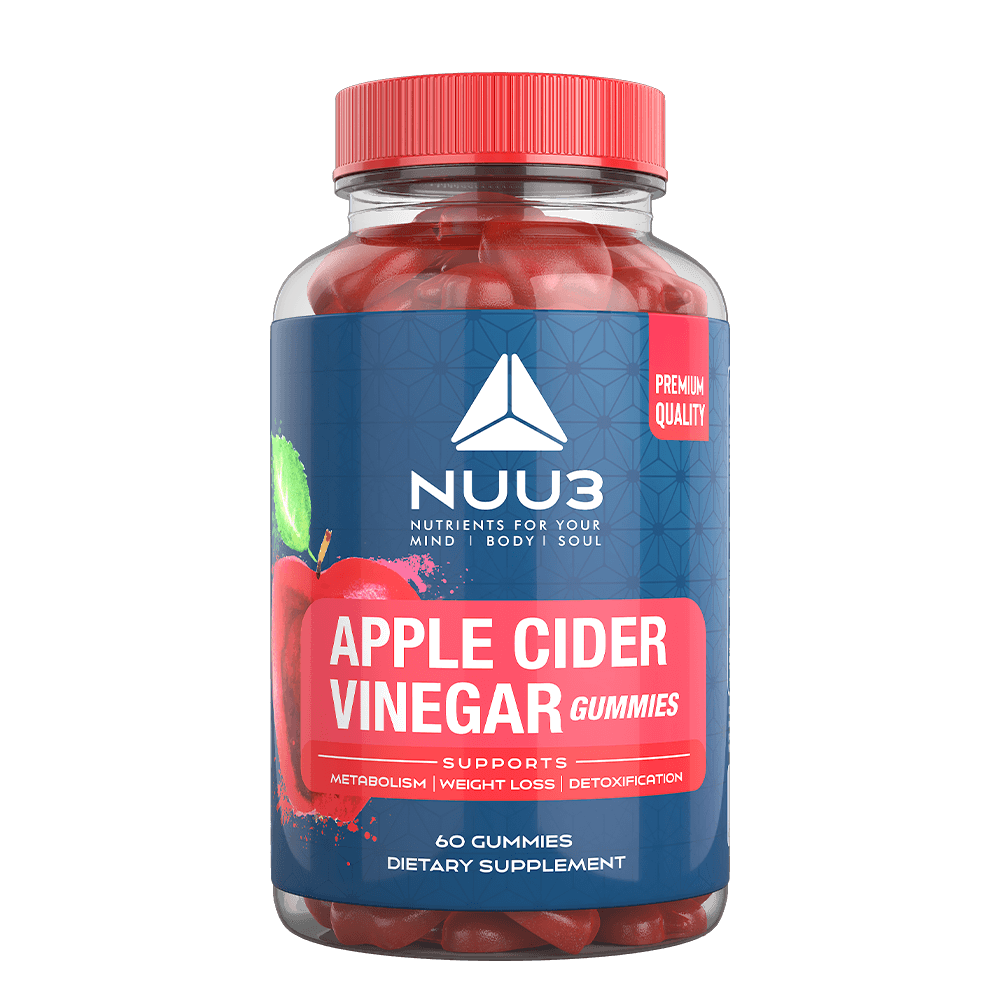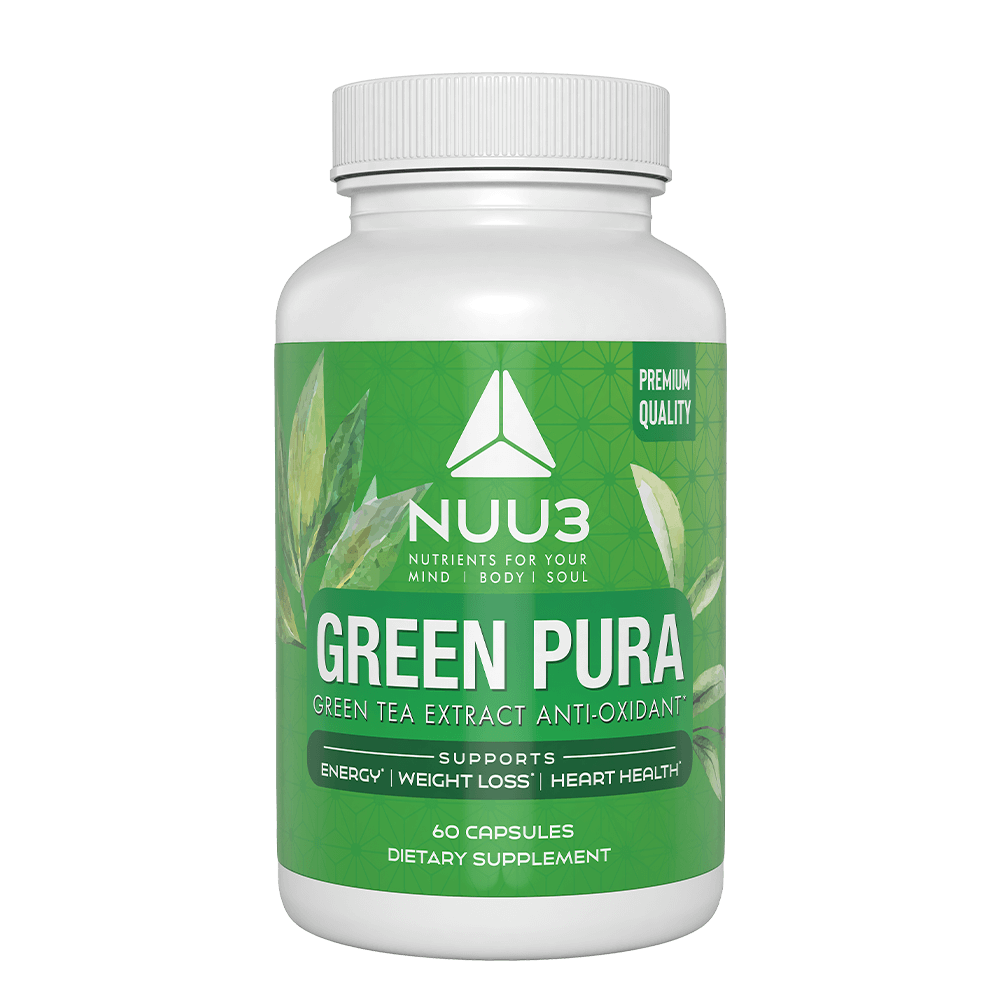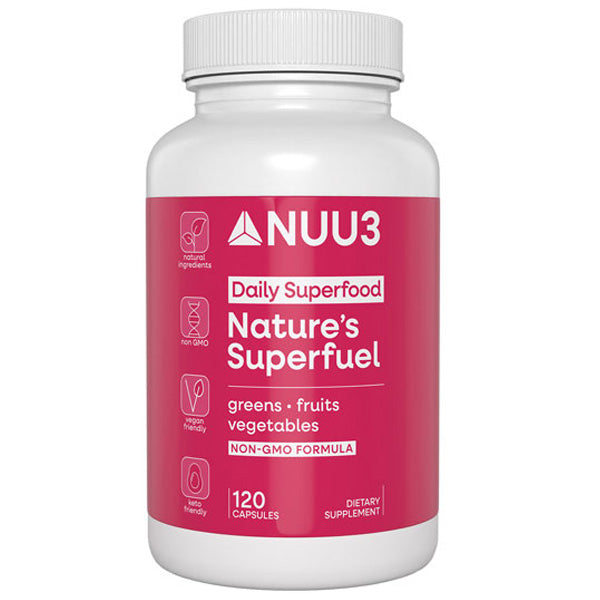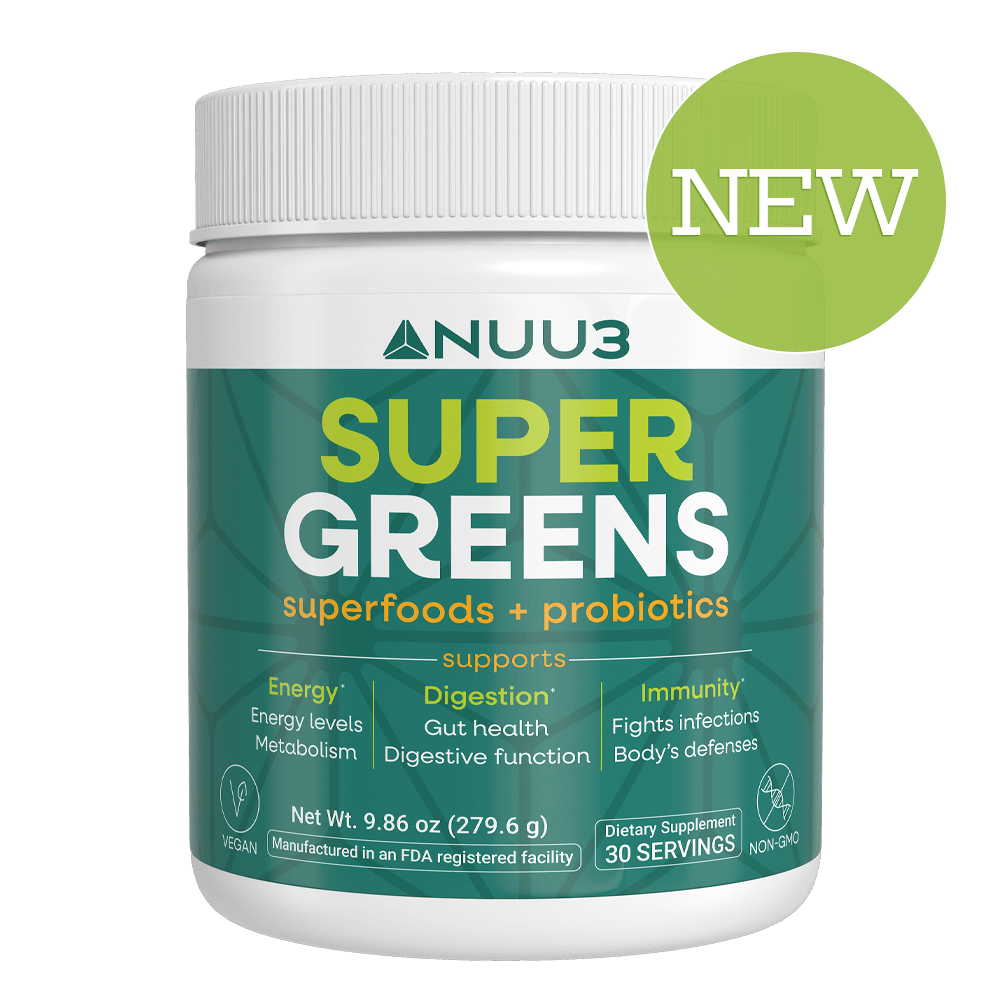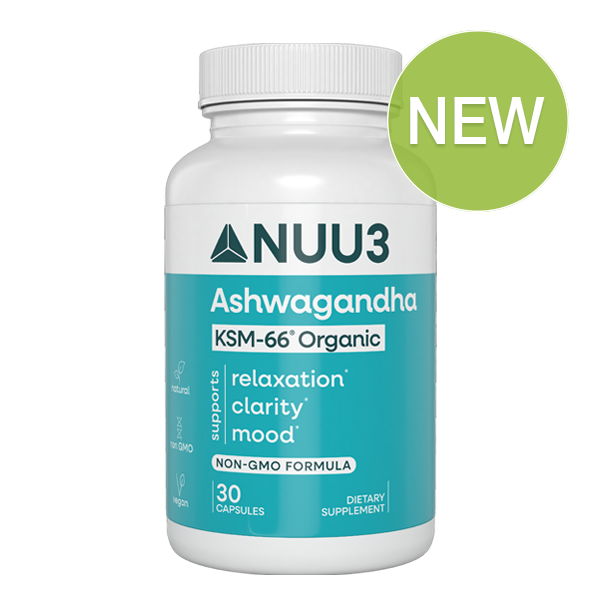Quinoa vs. Rice: Which is Better and Why?
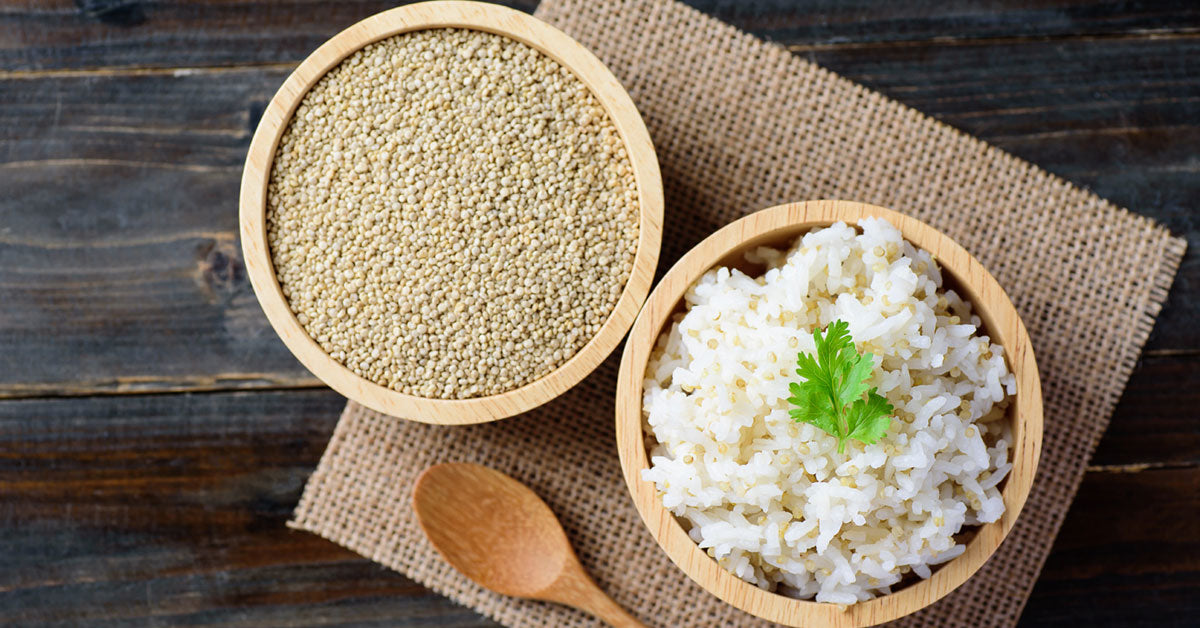
You’ve probably noticed that fitness trainers, nutritionists, and dietitians are constantly mentioning quinoa. They also make different meals using quinoa, and it seems like it’s pushing rice aside. But is quinoa healthier than rice or not? This article dives deep into the nutritional content of quinoa and rice, their benefits, and more.
Quinoa vs. Rice: Overview
Quinoa and rice are common ingredients that should exist in a well-rounded diet. Some people say quinoa is better for you whereas others don’t agree. Is quinoa healthier than rice? Let’s see.
What is Quinoa?
Quinoa is a whole-grain product that comes in different colors such as red, yellow, black, and white. The plant is native to the Andean region of South America, specifically Ecuador, Bolivia, Peru, and Chile. Quinoa has been cultivated for over 5000 years[1] already. Incas considered quinoa the “mother of grain [2].”
Technically speaking, quinoa is a seed, but it is referred to as grain due to its similar culinary uses. What makes quinoa stand out is that it’s a complete protein source. That means quinoa contains all amino acids making it an excellent source of protein for vegetarians and vegans. It’s uncommon for plant foods to deliver all amino acids.
What is Rice?
Rice is the seed of semi-aquatic grass called Oryza sativa native to Asia. Domestication (i.e., cultivation and modification) of rice by humans started eight to 13,000 years ago. To date, rice is a staple food [3] for over half of the world’s population. Over 90% of the world’s rice[4] is grown in Asia, especially in countries such as China, India, Indonesia, Japan, Bangladesh, Pakistan, and several Southeast Asian nations. Additionally, rice is cultivated in other parts of the world such as Europe, North America, South America, and Australia.
The most popular types of rice are white and brown rice. Of the two popular types, white rice is most commonly consumed, but brown rice is considered a healthier option due to its fiber content.
Rice and quinoa are quite similar in terms of appearance and texture, but they have different tastes and nutritional content.
Quinoa vs. Rice: Nutritional Info
The best way to understand the differences in the quinoa vs. rice battle is to compare their nutritional content. Although they look similar, nutritional content is one aspect in which they differ.
Does quinoa have carbs? Does rice contain protein? Let’s see! Below is a table that shows the nutrition facts of quinoa [5] and white [6] and brown rice [7].
| The nutritional content per 1 cup of cooked quinoa or rice |
| Category | Quinoa | White rice | Brown rice |
| Calories | 222 | 204 | 218 |
| Protein | 8.1g | 4.2g | 4.5g |
| Dietary fiber | 5.2g | 0.6g | 3.5g |
| Calcium | 31mg | 16mg | 19mg |
| Iron | 2.8mg | 1.88mg | 0.8mg |
| Carbohydrates | 39.4g | 44.08g | 46g |
Health Benefits of Quinoa
You’ve probably come across social media posts or articles praising quinoa and suggesting you should add it to your diet. Many people swap rice for quinoa. You’re probably wondering, “Is quinoa healthier than rice?”. Before we can answer that question, let’s take a look at the health benefits of quinoa:
1. Rich in antioxidant and anti-inflammatory compounds
The primary flavonoids in quinoa are quercetin and kaempferol, which both act like antioxidants and exhibit anti-inflammatory effects in the body. More precisely, quinoa contains compounds that protect cells from free radicals which would otherwise cause oxidative stress and damage. Evidence shows[8] that consuming foods abundant in flavonoids, such as quinoa, promotes overall health and protects against various diseases and overall mortality.
2. Abundant in fiber
One of the most significant quinoa benefits is that it’s higher in fiber content than many grains. Fiber-rich foods, like quinoa, promote regular bowel movements and thereby improve digestive health. They also support the balance of beneficial bacteria in your gut. The importance of regular bowel movements is underestimated. Bowel movements are vital for the digestion of nutrients. In other words, it keeps you healthy.
Fiber suppresses appetite and makes you stay full for longer. That’s why quinoa can help you lose weight or maintain it in a healthy range.
3. It’s gluten-free
Some people have health conditions such as celiac disease that require avoidance of gluten and all foods and products that contain it. Not only is quinoa nutritious and healthy, but it’s also gluten-free. Many gluten-free foods and products aren’t entirely okay for you since their nutritional content is poor. However, quinoa is a good source of folate, zinc, magnesium, and protein.
4. High-quality protein source
There are several quinoa benefits, but one of the most significant is its protein content. Quinoa contains all nine essential amino acids that make it a complete protein. Incorporating quinoa into your diet makes it easier to meet your daily protein needs.
5. Supports metabolic health
When discussing quinoa benefits, it’s useful to mention that eating quinoa improves several aspects of metabolic health. For example, quinoa can reduce LDL (bad) cholesterol and total cholesterol.
Consumption of quinoa also promotes weight loss. Additionally, eating quinoa helps manage blood sugar and triglyceride levels. All these effects could reduce the risk[9] of cardiovascular disease.
The favorable effect of quinoa on metabolic health means this grain can aid management of diabetes, too. Fiber and protein content in quinoa supports blood sugar management.
Disadvantages of Quinoa
Despite many quinoa benefits, there are a few disadvantages worth mentioning. Although nutritious, quinoa is calorie-dense, which is why it’s important to control your portions. Quinoa contains saponins, compounds that give it a bitter taste. You can mitigate that effect by rinsing quinoa before cooking. Consuming too much quinoa can give you bloating and gas, so make sure to control how much you eat.
Health Benefits of Rice
Rice is one of the most commonly consumed foods in the world. Despite the wide prevalence in kitchens around the globe, the health benefits of rice aren’t that prominent. The battle between quinoa vs. rice continues with the health benefits of rice below.
1. Quick energy boost
White rice is low in fiber and fat, which means it can be considered a simple carbohydrate. The body breaks it down quite easily thus allowing for a faster absorption of nutrients. As a result, rice can give you a quick energy boost. That’s why rice is good for athletes or people who work out regularly because it can power up their performance. For the best athletic performance, you may also want to give products such as Nuu3 Nature’s Superfuel a chance.
2. Easy digestion
While brown rice is harder to digest, white rice is easily digestible. That’s why it doesn’t make you bloated like brown rice or quinoa. White rice can be useful for people with digestive conditions as it doesn’t worsen their flare-ups.
3. Better heart health
Brown rice is beneficial for cardiovascular health because it’s made up of whole grains. Whole grains normalize cholesterol levels and thereby lower the risk of type 2 diabetes, stroke, and heart disease. It’s also worth mentioning that brown rice contains various components that support heart health, such as dietary fiber, lignans, minerals, and antioxidants.
3. Weight management
While white rice isn’t of huge help for weight loss, brown rice is. That’s why it’s important to add this effect to the quinoa vs. rice battle. Brown rice is abundant in fiber and a good source of protein, both of which exhibit satiating effects. That means you feel full for longer and don’t overeat, which can help you lose weight[10] or maintain it in a normal range.
4. Rich in vitamins
Although white rice lacks the nutrients that brown rice and quinoa have, it is a good source of various vitamins and minerals. White rice is processed and these vitamins are added to make it more nutritious. That’s why white rice is a good source of manganese, iron, and B vitamins. Yet, another way to ensure your body gets the necessary nutrients is to incorporate Nuu3 Daily Multivitamin Gummies into your lifestyle.
5. Gluten-free
All forms of rice are gluten-free. That means, even if you have gluten intolerance or celiac disease, you can eat rice without experiencing adverse reactions. However, keep in mind that there’s always a risk of cross-contamination.
Disadvantages of Rice
The main disadvantage of rice, white rice to be specific, is that it’s not abundant in fiber. Moreover, rice is quite high in calories and increases blood sugar levels. Make sure to control how much rice you add to your meals. This is particularly important if you have type 2 diabetes.
Quinoa vs. Rice: What’s Better for Your Health?
There is no clear winner in the quinoa vs. rice battle. In some aspects, they are similar, but each type of food has a set of shortcomings that their opponent doesn’t.
People often wonder, “Does quinoa have carbs as much as rice?” and the answer is yes. Their carbohydrate and calorie content is similar. However, quinoa is more abundant in protein than both types of rice. Fat content is higher in quinoa as well.
So, is quinoa healthier than rice? Quinoa is healthier than white rice. Brown rice is a tough opponent here, but quinoa has a slight advantage because it’s a complete protein.
How to Incorporate Nutrition into Your Daily Diet
Besides questions like “Is quinoa healthier than rice?” people often wonder how to include it in their diet, or how to make incredible dishes with rice. Both quinoa and rice are versatile. You can easily incorporate them into your daily diet. Good examples are quinoa salad, stir-fried rice, quinoa breakfast bowl, and rice and beans. Nowadays, there are plenty of recipes with quinoa and rice online, especially on social media.
You can also experiment with quinoa and rice and create your own, unique meals. Keep in mind that rice is high in carbs so make sure to control how much you add. Does quinoa have carbs? Yes, the carbohydrate content in quinoa is lower than in rice, but you should still control portion size.
Frequently Asked Questions
Is quinoa easy to digest?
Most healthy people can digest quinoa easily. However, quinoa can be difficult to digest for people suffering from insufficient stomach acid production, dehydration, or sensitivity to carbs. Some people can be intolerant to the outer coating of the seeds, which can be tricky to digest.
Is quinoa better than rice for weight loss?
Quinoa is better than rice for people who want to lose weight. The fiber content in quinoa is higher than that of rice. Quinoa is also more abundant in protein. Both fiber and protein are necessary for a satiating effect. Not only is quinoa healthier than rice, but it is also more beneficial for your weight.
Who should not eat quinoa?
People who are allergic or sensitive to grains and foods used as grains should consult their doctor before eating quinoa. Remember that the answer to the question “Does quinoa have carbs?” is yes, so you should limit quinoa intake if your body can’t digest carbs that easily or if you have digestive issues. People who are susceptible to kidney stones should limit their intake of quinoa.
What is the best way to eat quinoa?
There is no correct way to eat quinoa. You can use it as a base for a grain bowl, add it to your salads, or stuff sweet potatoes or squash with it. Prepare quinoa by rinsing it thoroughly in water and then cook until water is absorbed.
Does quinoa cause a leaky gut?
Quinoa can cause a leaky gut due to saponins, compounds found in the outer coating of the seeds. Saponins cause tiny microscopic holes in the lining of the gastrointestinal tract. If you already have a leaky gut, consult a doctor regarding quinoa intake. Also, make sure to use Nuu3 Active Immunity Gummies to boost your immune system, since a leaky gut can damage it.
Bottom Line
Quinoa has become a popular ingredient in a healthy diet lately and it’s for a good reason. Not only is quinoa healthier than rice, but it’s also easy to add it to your diet. There are plenty of recipes online, and you can experiment with quinoa, herbs, spices, and other ingredients to find the best combination that works for you.
References
1] ↑https://www.hsph.harvard.edu/nutritionsource/food-features/quinoa/
2] ↑https://www.otago.ac.nz/botany/outreach/schoolstudents/quinoainca
3] ↑https://milnepublishing.geneseo.edu/botany/chapter/rice
4] ↑https://www.britannica.com/plant/rice
5] ↑https://www.ncbi.nlm.nih.gov/pmc/articles/PMC7469069/
6] ↑https://pubmed.ncbi.nlm.nih.gov/31919583/
7] ↑https://www.bbcgoodfood.com/howto/guide/top-5-health-benefits-of-rice
8] ↑https://www.nutritionix.com/i/usda/quinoa-cooked-1-cup/513fceb775b8dbbc21002e24
9] ↑https://www.fatsecret.com/calories-nutrition/generic/rice-white-cooked-regular?portionid=16834&portionamount=1.000
10] ↑https://www.nutritionix.com/i/usda/brown-rice-1-cup/513fceb775b8dbbc21002dc4

